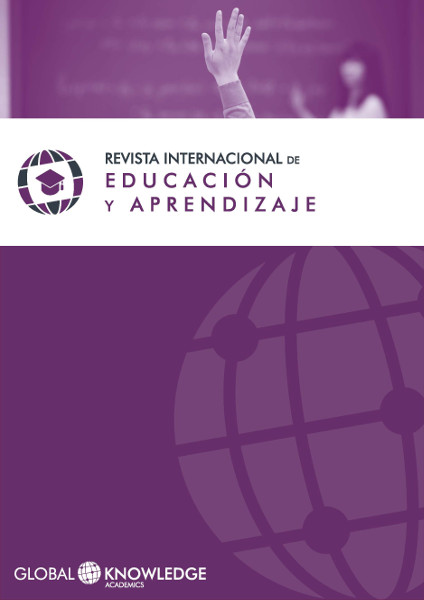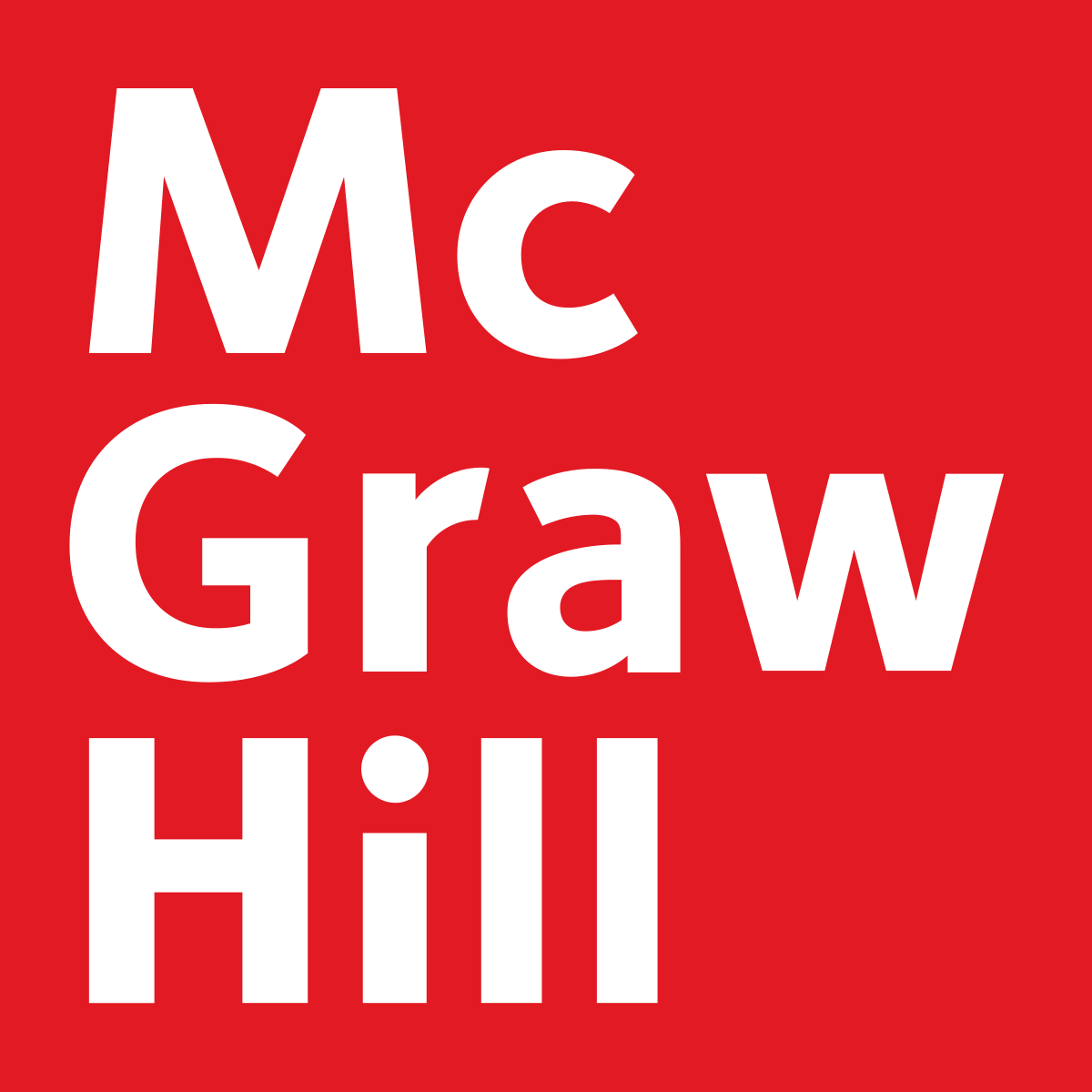Pedagogic and didactic strategies from the approaches María Montessori and Reggio Emilia for the construction of an emergent curriculum in childhood education
DOI:
https://doi.org/10.37467/gka-revedu.v6.1501Keywords:
Methodological routes, Pedagogic approaches, Emergent curriculum, Pedagogic strategies, Pedagogic documentation, Transformation of the teacherAbstract
The article shows the results of the research carried out by teachers in pre-school education at the Fundación Universitaria Monserrate, in Bogotá, Colombia. The aim was to search for appropriate methodological and didactic routes in early childhood education, in order to enhance the developmental dimensions of infants, based on pedagogical approaches of Maria Montessori and Reggio Emilia, linking perspectives of child development, pedagogy and didactics relevant in vulnerable urban contexts. It shows a conception of emergent curriculum, thus providing a new look at the role of the teacher and the role of the child in early childhood education.
Downloads
Global Statistics ℹ️
|
7556
Views
|
6337
Downloads
|
|
13893
Total
|
|
References
Referencias
Álvarez. (2011). Metodología de la investigación cuantitativa y cualitativa: Guía didáctica. (P.71).
De Zubirìa, (2006). Los modelos pedagógicos. Hacia una pedagogía dialogante (P.16). Instituto Alberto Merani
Elliott, J. (1994). la investigación-acción en la educación. Morata
Hamui-Sutton & Varela, A. (2012). Metodología de investigación en educación médica. La técnica de grupos focales: http://www.scielo.org.mx/pdf/iem/v2n5/v2n5a9.pdf DOI: https://doi.org/10.1016/S2007-5057(13)72683-8
Herrán, A. (2008). Capítulo 7-III: Metodología didáctica en Educación. Obtenido de En A. de la Herrán y J. Paredes, Didáctica General: La práctica de la enseñanza en Educación Infantil, Primaria Madrid.
Malaguzzi, L. (2011). Reggio Emilia y la pedagogía de Loris Malaguzzi. Red solare. Argentina.
Montessori, M (1937).Montessori y el desarrollo de la autonomía. Aula infantil. (P. 11-14)
Montessori, M. (1948). Ideas generales sobre mi método. Buenos aires: editorial, losada S.A.
PEI Colegio Comfacesar Rodolfo Campo Soto (2015). Obtenido de http://colegio.comfacesar.com/media/Documentos/Formatos/pei%2020150.pdf.
Rinaldi, C. (2004). La pedagogía de la escucha desde Reggio Emilia. En O. C. López, Enfoque Reggio Emilia (P.s. 29-31).
Sampieri, Fernández & Lucio (2008) Metodología de la investigación. (P.597). México. Editorial McGraw-Hill Interamericana.
Stenhouse, L. (1998). Investigación y desarrollo del curriculum. En L. Stenhouse, Investigación y desarrollo del curriculum. (P. 8-30). Madrid: Morato.
Toro & Parra (2010). Técnicas e instrumentos para la recolección de datos. En T. &. Parra, Fundamentos epistemológicos de la investigación y la metodología de la investigación. P.s. 285-349). Bogotá, Colombia: Fondo editorial Universidad EAFIT.
Weniger, (1962). Didáctica, disciplina de pedagogía infantil (P.29)
Downloads
Published
How to Cite
Issue
Section
License
Those authors who publish in this journal accept the following terms:
-
Authors retain copyright.
-
Authors transfer to the journal the right of first publication. The journal also owns the publishing rights.
-
All published contents are governed by an Attribution-NoDerivatives 4.0 International License.
Access the informative version and legal text of the license. By virtue of this, third parties are allowed to use what is published as long as they mention the authorship of the work and the first publication in this journal. If you transform the material, you may not distribute the modified work. -
Authors may make other independent and additional contractual arrangements for non-exclusive distribution of the version of the article published in this journal (e.g., inclusion in an institutional repository or publication in a book) as long as they clearly indicate that the work was first published in this journal.
- Authors are allowed and recommended to publish their work on the Internet (for example on institutional and personal websites), following the publication of, and referencing the journal, as this could lead to constructive exchanges and a more extensive and quick circulation of published works (see The Effect of Open Access).













